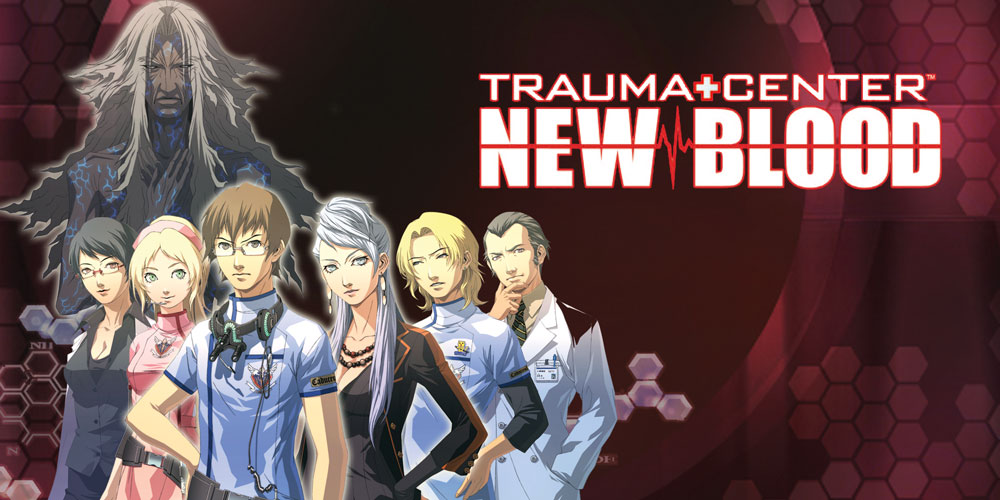

Online leaderboards are the only new feature that fails to make the game seem new. New Blood knows that even in the face of a killer disease like Stigma, sometimes it’s refreshing to perform a simple appendectomy.
Trauma center levels wii cracked#
The variety is impressive: you’ll install a pacemaker, transplant a liver, treat burns with skin grafts, suture aneurysms in the brain, mend cracked ribs, remove bullets, and even perform a bit of veterinary medicine. New Blood is much better about giving you interesting operations throughout the game, even after Stigma becomes a serious threat. Stiles encountered GUILT, that was all he did. In the original Trauma Center, normal surgeries mainly occurred early in the game and seemed like mere training for the GUILT onslaught. However, there is a major improvement in how New Blood distributes the Stigma missions. Instead of GUILT, it’s Stigma, but it’s hard to tell the difference once you start playing. Once again, the story revolves around a man-made plague threatening to become an epidemic. Some kind of character animation would be even better, but anyone with a taste for good storytelling will appreciate the storyline as a significant part of the game.

The quality of the acting is far above what we’ve come to expect in a video game, and these performances make it easy to sit through story sequences that often last several minutes. The story is once again well written and captivating, and it is brought to life with mostly excellent voice acting, another new feature for the series. There are many supporting cast members, most of whom you’ll slice open at some point. to join Caduceus, the world-class research hospital. They begin the game in Alaska but eventually move to Los Angeles and then Washington, D.C. Both are more mature and ultimately more interesting than Derek Stiles, and they always operate together, so you can choose your doctor du jour before each mission. The new storyline features two doctors: Markus Vaughn and Valerie Blaylock. (As in Second Opinion, you may increase or decrease the difficulty before each mission, so you’re never stuck with one setting.) It might even give you a realistic chance of playing through the game on the Hard setting.

The difficulty doesn’t go up when you add a second player, so co-op mode is a practical way to get past a mission that you just couldn’t pass on your own, too. Cooperative two-player support is a huge one – the game looks almost exactly the same with two surgeons going at it, but the missions are much less difficult with a helper, and the strategies become more complex as you communicate verbally to delegate tasks in an efficient manner. Luckily, New Blood does have some small changes that add up to make this game significantly improved over its predecessor. That’s not such a bad thing, since the last Trauma Center was a sleeper hit from Wii’s launch lineup, and more missions built around the same core gameplay is probably okay with many fans. All in all, New Blood is about as straightforward as a sequel can get. You’ll still have to try some missions numerous times before finally passing them. You’ll still face a mobile, mutating disease being deployed around the world by bioterrorists. You’ll still page through several minutes of storyboards before each operation. You’ll still perform dozens of surgeries, sometimes two or three in a single mission. There’s a new Trauma Center game on the Wii, but in many ways, not much has changed.


 0 kommentar(er)
0 kommentar(er)
